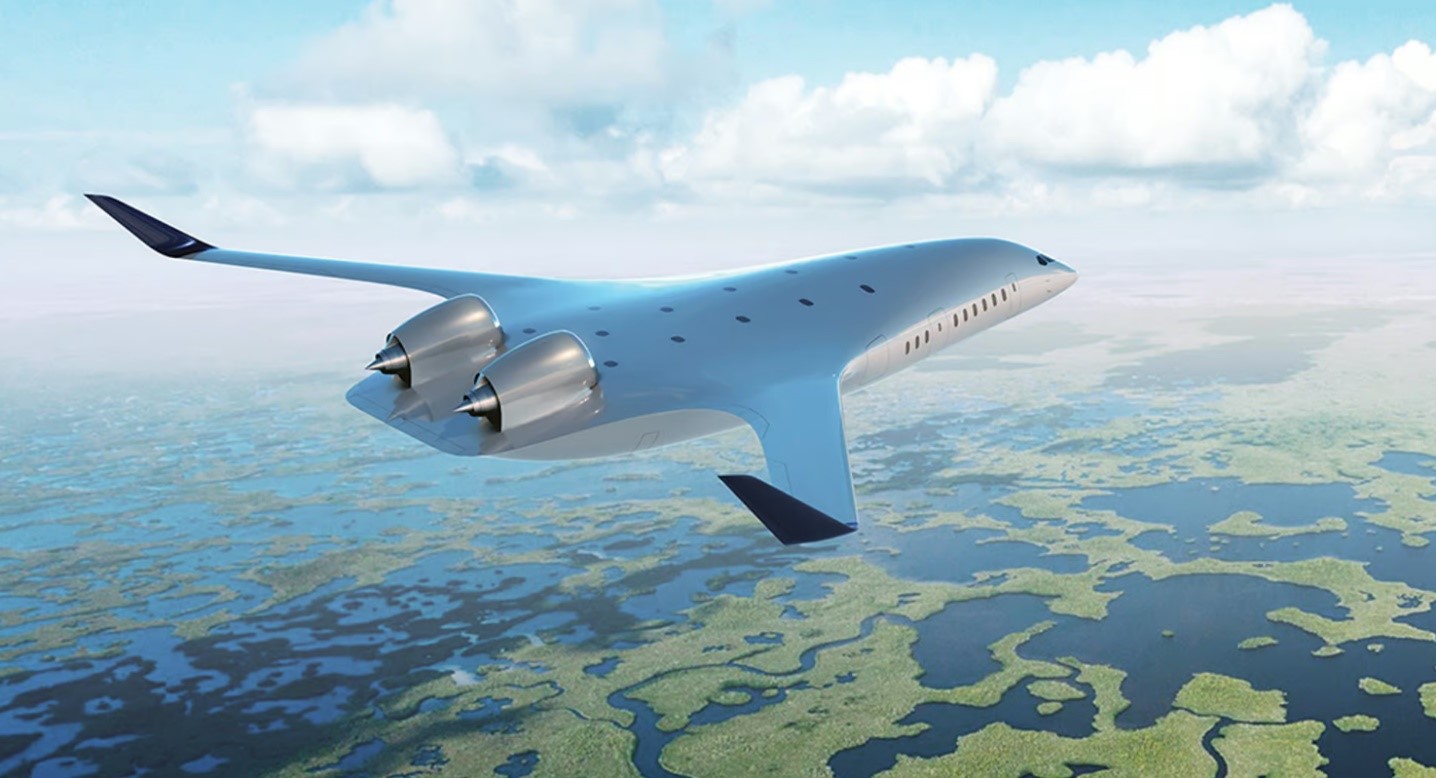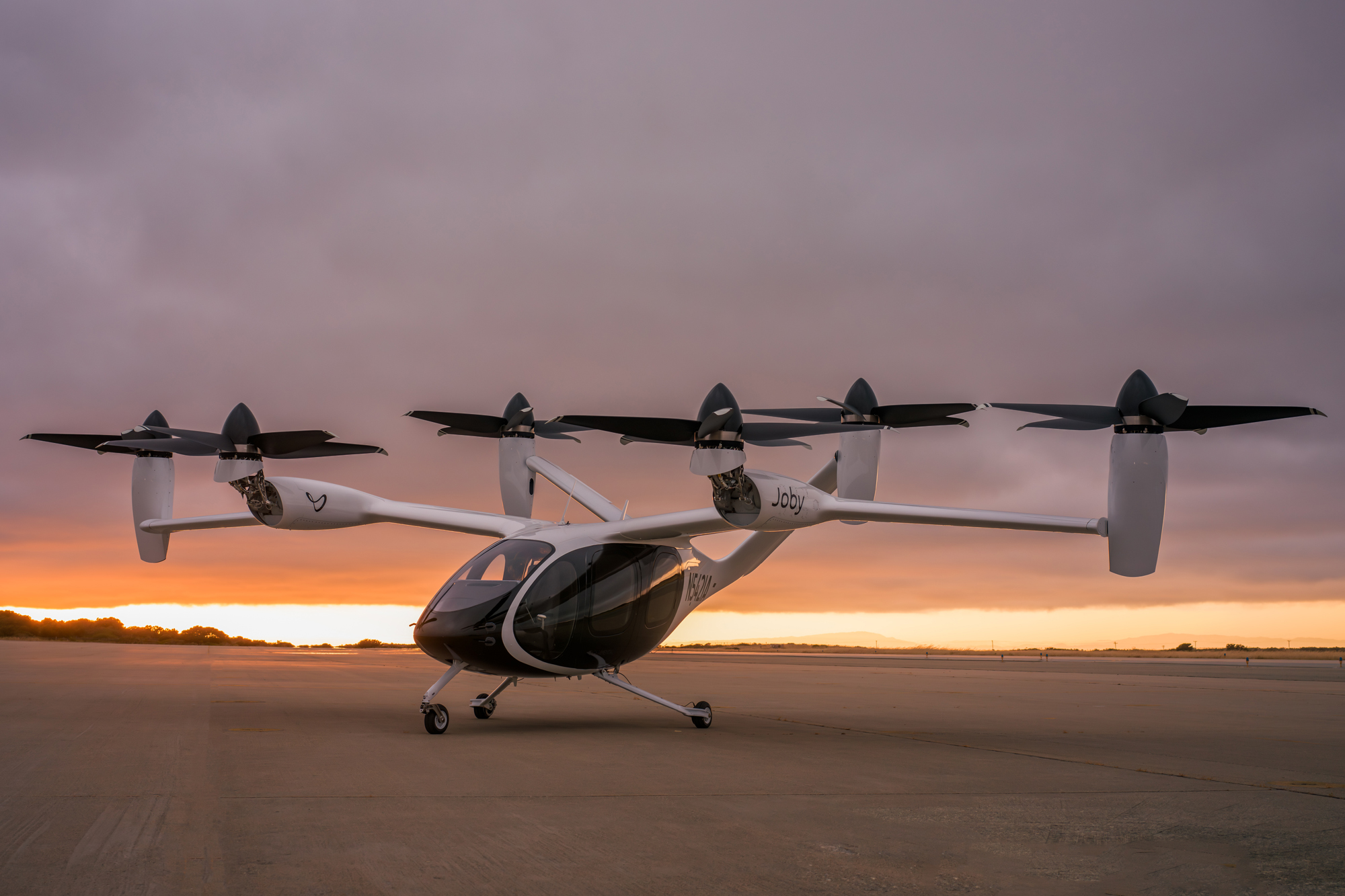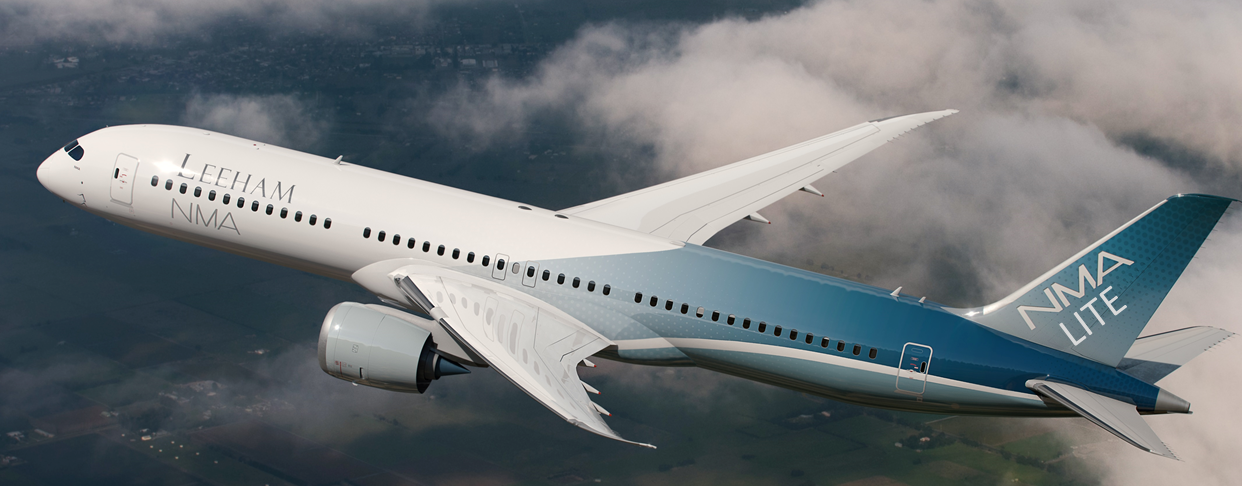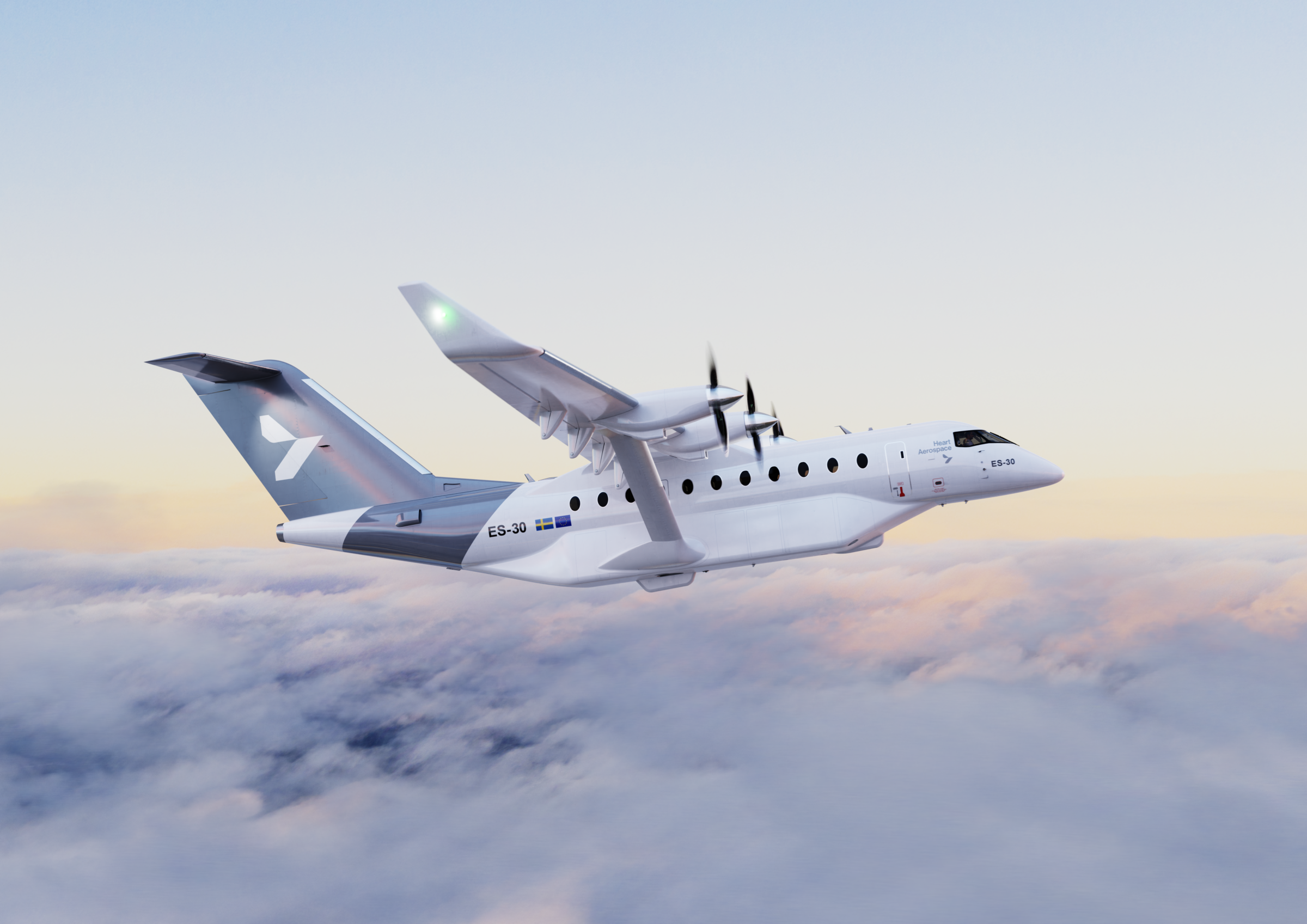Leeham News and Analysis
There's more to real news than a news release.
Bjorn’s Corner: New aircraft technologies. Part 26. Airliner development program
August 18, 2023, ©. Leeham News: We started last week to look at how to make the development of a new airliner family more efficient.
First, we describe how development projects are phased and how many people with what competencies are engaged in each phase. Then we can start the discussion of what changes can be made and what would be the consequences.
The reality behind the eVTOL industry’s hyperbole, Part 3.
Subscription required
By Bjorn Fehrm
July 27, 2023, © Leeham News: We look at the promises that the VTOL industry has made in their Investor prospects and what the reality is as they come closer to Certification and present their production-level prototypes. We also analyze whether these capabilities will be the final level.
Today we go through the trickiest part of any electric aircraft or eVTOL, the batteries. They are large, very heavy, and the most difficult part to certify on the aircraft, as the battery is dangerous if not designed, produced, and managed correctly.
Summary:
- The battery system of an eVTOL sets restrictions on the operational usefulness of the category.
- The everyday operational utility of VTOLs is far from the industries’ claims.
Bjorn’s Corner: New aircraft technologies. Part 21. Changed flight profiles
July 14, 2023, ©. Leeham News: Developments in engines and airframe technologies require that the aircraft are flown differently to maximize the benefits.
We start by locking what changes in parasitic and induced drag mean for how airliners fly.
The reality behind the eVTOL industry’s hyperbole
Subscription required
By Bjorn Fehrm
July 13, 2023, © Leeham News: We have done a deep dive series on the cost problems experienced by small airliners and how these make life difficult for alternative propulsion projects.
The eVTOL industry also faces problems, but here it’s more its own overinflated promises that rub. It’s the subject of our next deep dive.
We look at what the top OEMs promised in the past and what the reality is as they come closer to Certification.
When it comes down to it, what missions can be flown and what cannot? Are the missions that can be flown enabling a new industry?
Summary:
- Investor prospects promised Total Available Markets (TAMs) as large as $500billion with flights at up to 200 miles per hour to destinations hundreds of miles away
- The reality is more profane. None of these promises hold water.
Bjorn’s Corner: New aircraft technologies. Part 20. Efficient flying
July 7, 2023, ©. Leeham News: We explore different technologies in the series that can make our next-generation airliners more efficient and, thus, less polluting.
We have discussed developments of engine and airframe technologies, such as Turbofans versus Open Rotors and different airframe configurations to minimize drag and, thus, energy consumption.
When utilizing these developments to increase efficiency we must fly the aircraft in a different way depending on the technology.
And how we fly the aircraft is not only influenced by the factors we have discussed. We must consider factors at the airplane level, at the airliner operational level, and finally, at the airline fleet level.
The Small Airliner Problem, Part 9. Maintenance costs for battery airliners with range extenders
Subscription required
By Bjorn Fehrm
June 29, 2023, © Leeham News: In our series on fundamental costs factors that make up Cash Operating Cost, COC (Fuel, Maintenance, Airway/Airport fees, Crew costs) for new Green airliners, we have analyzed the energy costs and now move on to the maintenance costs.
For a battery-based airliner with range extenders, it’s a complex mix of battery and gas turbine costs.
Figure 1. The Heart Aerospace ES-30 hybrid 30-seat airliner. Source: Heart Aerospace.
Summary:
- The maintenance costs for a battery-based airliner are high. It’s the batteries that cost, not the electric motors.
- Adding range extenders complicates the propulsion system and adds further costs.
Bjorn’s Corner: New aircraft technologies. Part 17. Airframe with lower induced drag
June 16, 2023, ©. Leeham News: This is a summary of the article Part 17P. Airframe with lower induced drag. The article analyzes Boeing 737 MAX 8-sized airliners with Truss Braced Wings versus wings with folding wingtips and the standard MAX 8 wing. We use our Aircraft Performance and Cost model to get the drag data and overall efficiency improvement for the concepts.
The Small Airliner Problem, Part 8. A battery-based airliner
Subscription required
By Bjorn Fehrm
June 15, 2023, © Leeham News: In our series on fundamental costs factors that make up Cash Operating Cost, COC (Fuel, Maintenance, Airway/Airport fees, Crew costs), we have started analyzing if the size related cost factors also apply to green propulsion airliners and if the trends stay the same or change.
We use the Heart Aerospace ES-30 project as an example of a battery-based airliner with range extenders. Last week we developed the fundamental aero data for the aircraft with our Aircraft Performance and Cost model; now, we fly representative sectors and look at the energy and fuel consumptions compared to a similar-sized turboprop airliner.
Summary:
- There is a difference between what the theory says about aircraft range on batteries and how you have to fly in practice to keep battery costs down.
- The ES-30 has dual range-extending Turbogenerators. They get going more often and at a shorter range than advertised.
Bjorn’s Corner: New aircraft technologies. Part 16. Airframe with lower induced drag
June 9, 2023, ©. Leeham News: This is a summary of article Part 16P. Airframe with lower induced drag. It discusses the Truss Braced Wing type of airframe that increases the practical wing span of an aircraft and thus reduces induced drag.








